Forever Green
Forever Green? Protecting Urban “Green” Space in a Post-pandemic World
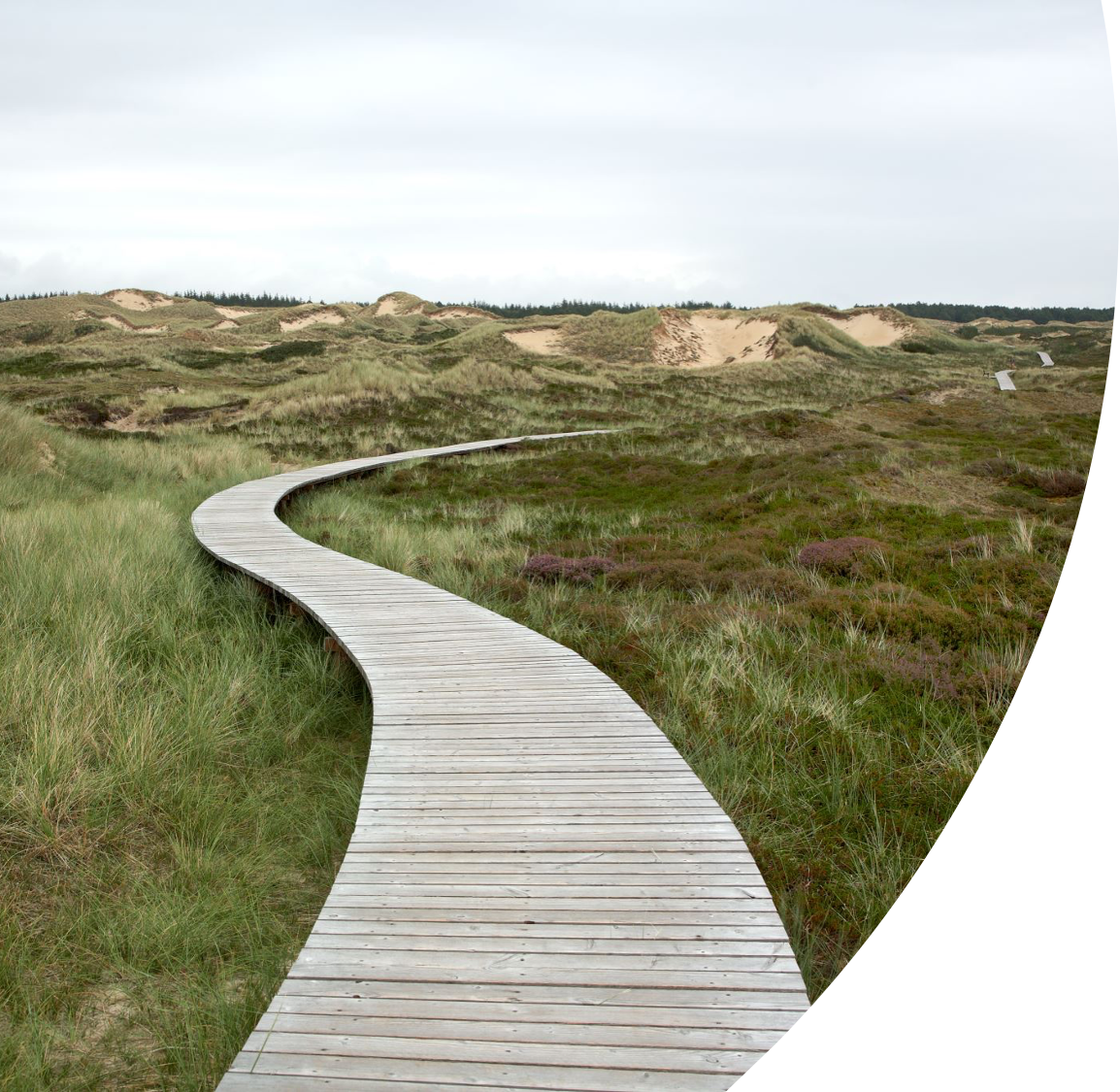
The Covid-19 pandemic has focussed attention on the need to make sufficient “green” space – including commons - available in urban areas. The public health measures introduced during the pandemic, especially restrictions on travel, work and social interaction, have demonstrated the need for suitable urban green space that can be safely accessed for open air recreation. The physical and mental health benefits are well known. Increasing our access to “urban green spaces” could not only deliver recreational benefits, but also offer significant improvements in physical and mental health. Its recreational benefits are, furthermore, enhanced by people being directly exposed to nature.[2] “Green exercise” studies have shown that while people already benefit from spending time in green space, contact with nature significantly improves psychological health.[3] And it has been shown that exposure to natural landscapes while undertaking green exercise enhances its psychological and physical health benefits.[4] There are also huge potential resourcing benefits - it has been estimated that increasing the use of urban green space could generate a reduction in health expenditure of £2.1 billion p.a..[5] Its ability to ‘reconnect’ people with nature is just as important as the recreational value of urban green space; enhancing their biodiversity would also optimize the cultural ecosystem services that our urban commons can generate
Nevertheless, urban green space is under threat. Cuts to local authority budgets - driven by central government’s austerity policies - has meant that selling off publicly owned land is an easy option for public bodies struggling to maintain front line community services. In 2018, for example, the charity Locality published research showing that on average 4131 public buildings and parks are being sold off each year by cash-strapped councils.[6] And planning policy continues to reflect a relentless drive for more housing development – a situation that will intensify if proposals in the forthcoming Planning Bill to give automatic planning permission for housing in “development” zones come to fruition. Publicly owned green space in urban areas will offer a tempting quick fix for local authorities facing demanding targets for delivering new housing.
Sadly, this narrative around green space, and its neglected importance, is not new. The same sentiments were powerfully expressed almost 150 years ago by Octavia Hill, the Victorian social reformer and (later) founder of the National Trust:[7]
“Every atom of open space you have left…is needed; take care you lose none of it [for] it is becoming yearly of more vital importance to save or increase it.”
The question today is, of course, how do we “save” or “increase” our urban open space?
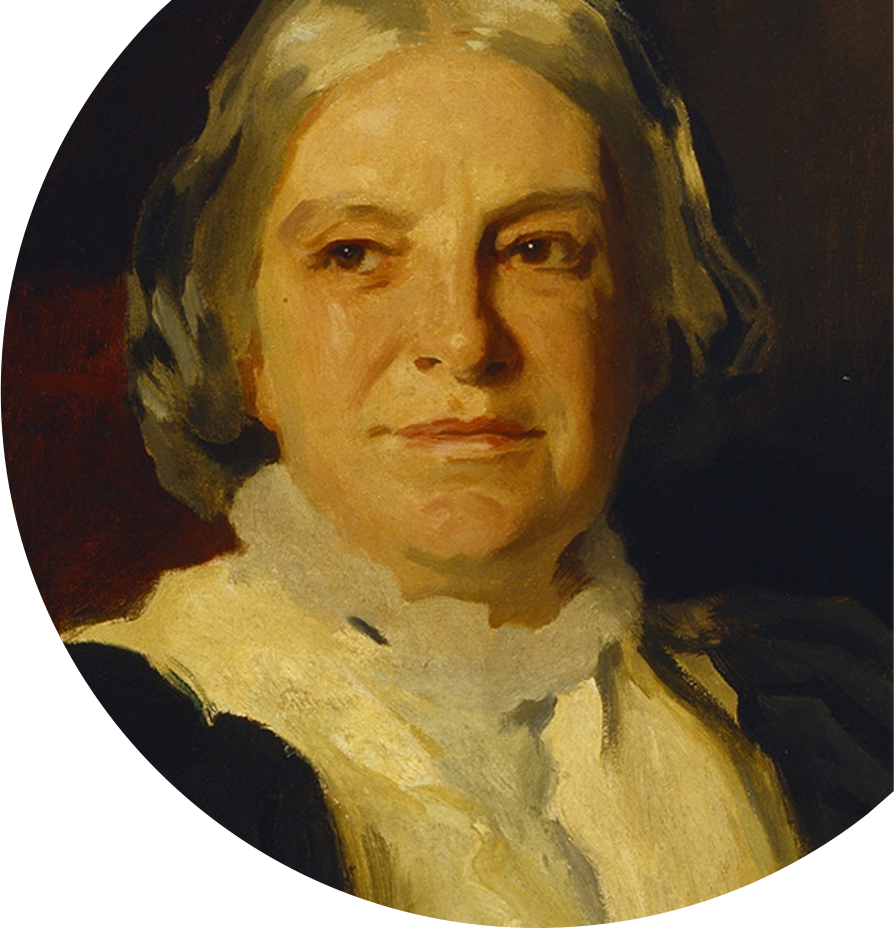
Protecting Urban Green Space – the Need for a New Approach
It would be nice to think that one of the positive outcomes of the pandemic may be a refocussing of the minds of policy makers and government on the need to both protect our remaining open spaces, and to create new ‘green’ space in our towns and cities. But this would represent a volte face in public policy. What are the problems that we face in recalibrating our policy and attitudes in order to protect and promote urban green space, what can be done, and how?
In the first place, we need to carefully consider – and possibly rethink – the classification and terminology used to describe and define urban green space. We currently have a number of categories of different types of urban green space – for example urban ‘commons’, town and village greens, allotments, public parks – each with their own legal definitions and rules and in each case using differing terminology. This is arguably unnecessary, outdated, and confusing. Why?
Take first the “urban common”. What we typically refer to as “urban commons” are multi-faceted spaces which all perform similar social and ecosystem functions. But their legal classification is often misunderstood, as is their protected status (or in some cases their lack of legal protection). They share key characteristics:
• All are spaces subject to multiple uses – for example recreation, sports, meeting spaces, allotments etc.
• Different “commons” have different origins. Many originated as “waste” of a manor – land that was unproductive and left for residents to use for grazing livestock or growing essential crops or vegetables. These may have originally been on the periphery of urban areas, or wholly rural in nature – but have become “urban” commons where settlements have grown up around them. Mousehold Heath in Norwich is a case in point – originally waste of the manor of Pockthorpe and outside the city, it was grazed by livestock and administered by the Pockthorpe manorial court (overseen by the Dean and Chapter of Norwich Cathedral as lords of the manor). It is now fully within the urban boundaries of Norwich and provides a vital “green lung” for the city.
• What are typically referred to as urban “commons” in fact have differing legal classifications. Some are commons and registered under the Commons Registration Act 1965; some may in fact be registered as Town or Village Greens; some may be held as public parks; and yet others may have a bespoke status as open green space for community use, a status guaranteed by statute (as in the case of Town Moor in Newcastle, which has been protected by statute since 1774).[8]
• Different “commons” have differing levels and types of legal protection from development, sale etc.. The strongest protection is found where an area of public green space is protected by private Act of Parliament, as is the case, for example, with Town Moor in Newcastle, Mousehold Heath in Norwich or Clifton Downs in Bristol.[9] Green space that is simply designated as a public park enjoys less protection from development.[10]
The legal classification of urban commons is therefore fragmented. It is also very poor at capturing the multiple uses of green space and the different ecosystem services that it supplies in a modern context. It tends to focus on a specific (and in each case different) ecosystem service provided for each type of urban “common”. Moreover, the legal definition of some types of urban “common” is “bounded” i.e. they limit the provision of ecosystem services to specific users or groups of common user. So, in the case of an area of green space that is classified in law as acommon, and registered as such under the Commons Registration Act 1965 or Commons Act 2006,thefocus of land use was originally on resource use (typically agriculture) - but today the principal ecosystem service that it provides in an urban context will be recreational public access. Access to the common for recreational purposes is not bounded - open access is guaranteed by the Countryside etc. Act 2000,[11] or under terms of specific statutes.[12] If, on the other hand, green space is registered as a Town and Village Green (“TVG”) then this provides only for recreational use (access for “lawful sports and pastimes”). And a TVG gives only bounded access i.e. to residents of a “neighborhood within a locality” where the TVG is situated. Public Parksgive access for solely recreational use, but this is usually not bounded - anyone can use the space. Private Use Rightscan subsist as Easements or Profits, but these are strictly bounded (they will only give access to the legal “owner” of the property rights). Finally, if land is designated in a local development plan as Local Green Spaceit will give unbounded access. This is a planning designation for land demonstrating “beauty, historical significance, recreational value, tranquility or the richness of its wildlife”.[13]
In a contemporary context these typologies increasingly lack relevance and purpose. The one attribute that all of these different categories of urban green space share is that they all provide vital ecosystem services from which we benefit. These change over time, as does their value to the community, their role in defining “place” and identity, and their environmental significance. They may, for example, provide resourcesfor industry and/or agriculture (these are often reflected in resource use rights such as estovers, grazing rights); recreational access and places for sport and recreational pastimes (an important cultural ecosystem service); spaces for social and political gatherings, and for protest; and many contain or represent sites of cultural heritage. The oral history fieldwork undertaken in the Wastes and Strays research project is itself illustrative of changes in the use of urban commons, their importance, and their relevance to communities.
Rather than focusing on the outdated and confusing legal classification of green space that we have inherited (outlined above) we need to revisit our understanding of green space - its importance and functions – to reflect contemporary priorities and needs. In other words, we need a new functional definition of urban commons and other “green” space. This should focus on the ecosystem services that contemporary urban commons provide for the community, rather than on their origins and legal definition. It should also focus attention on the much-needed ecosystem services that designating new urban commons could provide.
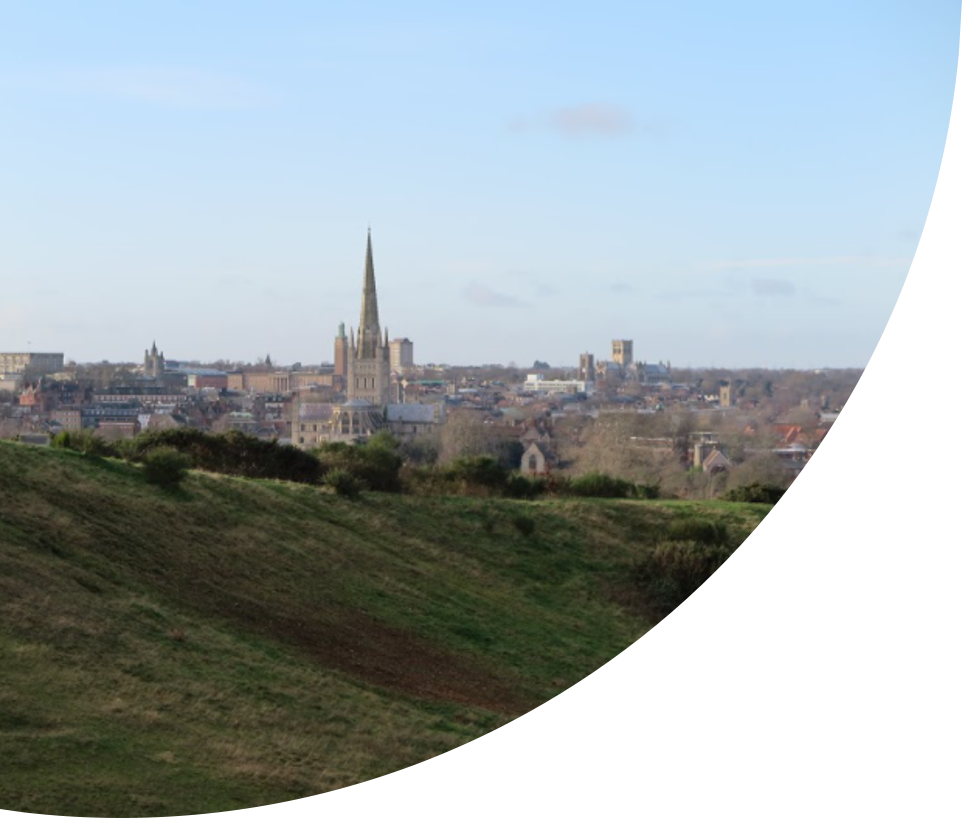
Identifying Threats to Urban Green Space?
An approach centred upon identifying and promoting the ecosystem services provided by urban commons (whatever their precise legal classification) could be the centrepiece for a Community Charter for Urban Green Space. This would fulfil two key objectives. In the first place, we need to ensure that existing urban commons, village greens and public parks are protected from development and maintained as open spaces for public recreational use. And secondly, we need to create new ‘green space’ in cases where none is currently available in urban and peri-urban areas for open access by the public. Increasing the legal protection afforded to existing village greens and commons - and to land that is informally used for community recreational purposes - would require a reversal of the policy reflected in recent legislation, which has favoured development over public rights of recreational access. There is constant pressure on ‘protected’ green space, with regular applications to deregister village greens and areas of common land for development
One means by which communities can assert legal control over the protection of green space is by seeking to get land that has been used for sports and/or recreational pastimes registered as a town or village green (‘TVG’) under the Commons Act 2006. Land can be registered where, for not less than 20 years, a ‘significant number of the inhabitants of any locality, or any neighborhood within a locality’ have indulged in lawful sports and pastimes on the land.[14] Landowners can also voluntarily dedicate land as a TVG under provisions introduced by the Commons Act 2006. A landowner could also dedicate a “new common” (rather than a TVG) by creating common rights vested in individual members of the community – this will secure registration of the land as ‘common’ land with open public access under the Countryside and Rights of Way Act 2000. And individual common rights can be created by prescription i.e. use for 20/40 years to create a profit a prendre.[15] This could in principle also lead to the creation of a new “common” with public access rights under the Countryside etc. Act 2000.
Communities have had some success with TVG registration over the last 20 years or so, aided by a generous interpretation of the law by the courts. It has been held, for example, that land need not conform to a specific physical description in order to be a TVG: it does not have to represent the traditional village ‘green’ and may include part of a beach or even land that has been ‘created’ by the deposit of soil.[16] And once registered, a TVG can be used for all ‘lawful sports and pastimes.’[17] In the Sunningwell case [18] the House of Lords somewhat generously held that ‘lawful sports and pastimes’ can include a wide range of recreational activities including dog walking, playing with children, blackberry picking and other forms of informal recreation. This sparked an uplift in applications for the registration of land as TVGs, which would then be available for a wide range of community uses.
Community-led action to secure green space suffered a blow when the Growth and Infrastructure Act 2013 blocked applications to register a TVG when an application for planning permission to develop the land had been made, or where land is allocated for development in a local development plan.[19] The effect of this is to favour planning policy to maximize house building at the expense of protecting green space for existing communities. And individual common rights can no longer be acquired by prescription.[20] This will preclude the creation of a registrable common through long use of resource access rights, with associated public access rights under the “right to roam”.[21]
The judiciary have also played a part in restricting community rights to acquire access rights over land by limiting their ability to secure the registration of TVGs.[22] The Supreme Court gave two rulings in 2019 that greatly inhibit community rights to secure TVG registration. The first was an appeal by Lancashire County Council (as local education authority) against the registration of 13 hectares of land in the “Moorside Fields” case. The second was an appeal by the NHS against the registration of 2.9 hectares in the “Leach Grove Wood” case. They ruled, by a 3:2 majority, that where land is held by a public body for statutory purposes which are inconsistent with the recreational rights conferred by TVG registration then it cannot be registered. This was based on the principle of statutory incompatibility – would the recognition of community recreational rights over a TVG make it impossible for a public body to carry out the other statutory purposes for which it held the land? In an earlier case the Supreme Court had applied the statutory incompatibility principle to rule against the registration as a TVG of a specific area of land held by the Newhaven port authority for the purposes of its port operation. [23]
The decision in the Moorside fields case greatly extends this principle to deny registration as a TVG to land that is held by public bodies which have general powers granted by statute to hold any land for educational or health purposes. [24] Incompatibility is to be decided by reference to the statutory purposes for which the land is held by a public body, and not by looking at the actual use of the land at any given time.[25] The land here could not, therefore, be registered as a TVG even though its sole intended future purpose was to provide outside activities and sports for the school – uses which were not necessarily incompatible with the use of the land by local inhabitants for lawful sports and pastimes.[26] This decision will greatly restrict the ability of local communities to register as TVGs any land that is owned by public bodies – and to secure its long-term protection as community green space.
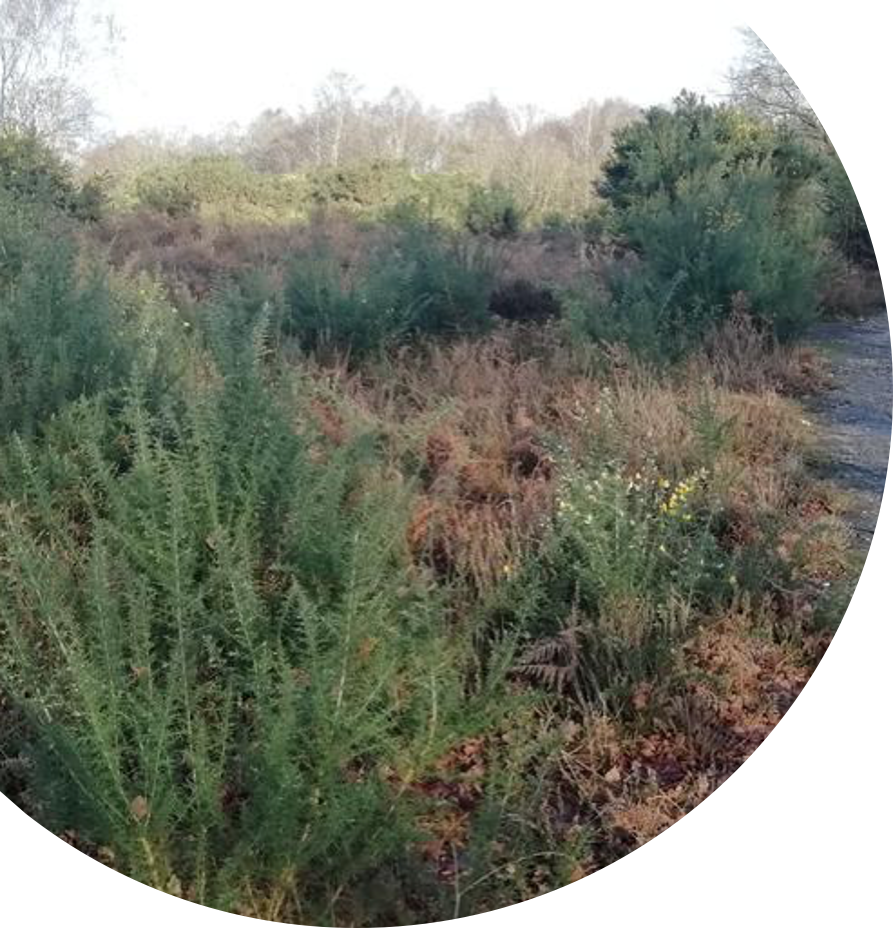
Towards a new Community Charter for Urban Green Space
The best response to the pressing need for greater access to green space – a need highlighted by the pandemic - would be the introduction of a Community Charter for Urban Green Space, a new charterfocused to identifying and capturing the ecosystem services provided by green space. Requiring local authorities to carry out an ecosystem services appraisal of areas of green space could be a powerful tool in protecting urban commons for the future – identifying user groups, the numbers using urban green spaces for different purposes, and then scoping its potential for the development of new ecosystem services for our communities. This could go hand in hand with a review of the legislative provisions currently governing the various categories of urban common and other types of green space.
The statutory power to voluntarily dedicate land as a TVG might be useful where public bodies – for example the NHS – wish to create new green space to secure the community health benefits it can deliver. Similarly, a landowner could dedicate a “new common” by creating common rights vested in individual members of the community – this will secure registration of the land as ‘common’ land with open public access.[27] This might involve, for example, vesting rights of estover in members of the local community - the right to take the natural produce of the land, such as a right to pick fruit from trees, or to collect wood or berries in autumn. [28] The benefit of this approach would be to invest the community with property rights in the land and engender a sense of community ‘ownership’ and stewardship. The key problem in both cases, of course, will be persuading landowners to dedicate land for these purposes. And community rights to secure registration based on long customary usage should be reviewed and reinforced. Consideration should be given to repealing the 2013 Act provisions barring registration of TVGs where planning consent has been applied for, and to introducing legislation to reverse the negative impact of the Moorside Fields case on a community’s ability to seek registration of land held by public bodies as a TVG.
We also need to urgently review and refocus the planning system to promote green space
Firstly, we need to review the development planning process to prioritize the provision of community green space. The setting aside of land as village greens or new commons in local development documents would be an important first step.[29] Making the setting aside of land as village greens or new commons mandatory in local development documents would arguably be an important step forward.
We also need to review the rules for designating “local green space” in local and neighborhood plans. Local planning bodies have the power to designate “local green space” in local and neighborhood plans, but this power is heavily circumscribed in current planning guidance. This stresses the need for it to be “demonstrably special” to a local community e.g. because of its beauty, historical significance, recreational value, tranquility or the richness of its wildlife.[30] The local green space designation should also not be used for ‘extensive tracts’ of land, and is qualified in that it should ‘complement’ investment in sufficient homes, jobs and other essential services.[31] . This is a poor substitute for the protection of recreational access rights through the registration of a TVG or new common. Nevertheless, carrying out an ecosystem services appraisal, as suggested here, would be a useful tool in establishing the “demonstrable” importance of land for the purposes of the Local Green Space planning designation. It should also not be forgotten that other existing planning tools – such as planning agreements and the community infrastructure levy – can be used to secure funds for the provision of new recreational space in our urban communities. Existing planning powers need to be proactively used to this end by public bodies and supported by much stronger planning policy guidance to promote both the creation and protection of urban recreational green space.
\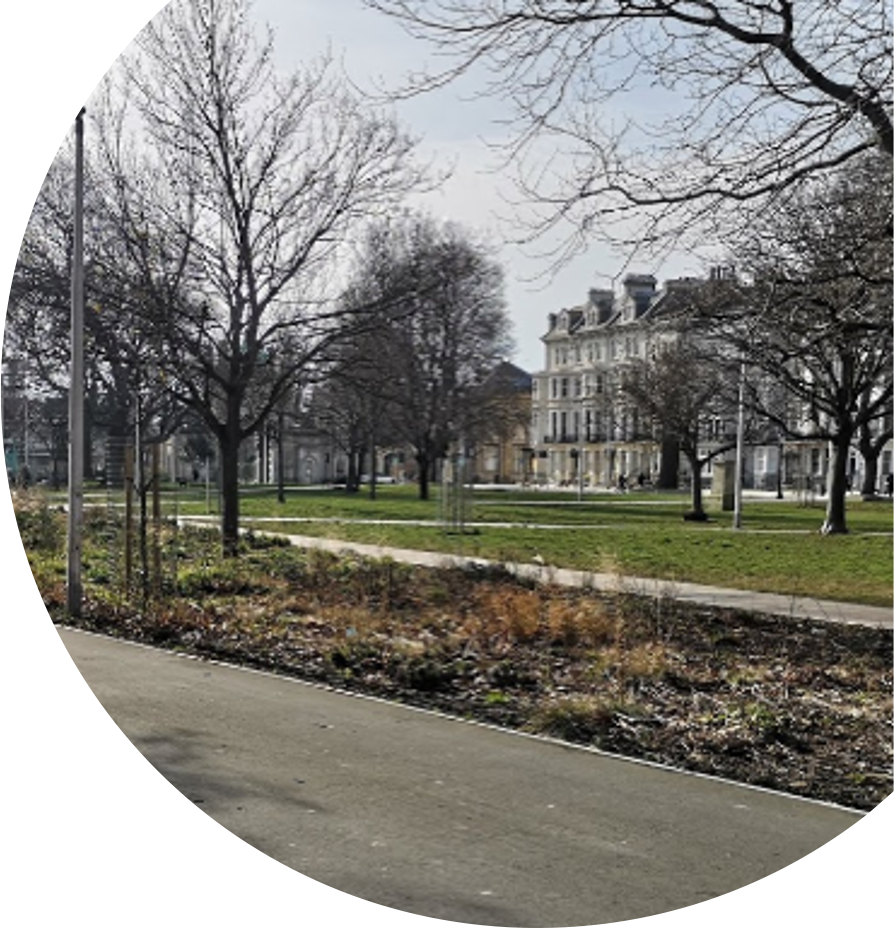
Conclusion
If Octavia Hill’s vision is to become a reality we must find a way to refocus planning rules and planning guidance to promote green space as an integral and essential element of all new development; and to create new urban commons where there is currently a lack of available green space within easy reach of urban communities. As suggested here, a key change in this approach should be a new focus on the ecosystem services that urban commons provide. Introducing an ecosystem services appraisal as an integral element of a new Charter for Urban Green Space would be a major step forward. This could be used in new planning guidance for local green space, would be a material consideration in development control decisions on all new development, and would help to refocus attention away from the technical legal classification of different types of urban green spaces – and towards a more functional approach highlighting and valuing their role as a key source of ecosystem services for our communities.
By Professor Christopher Rodgers [1]
[1] Professor of Law, Newcastle University.
[2] Pretty, J et al., ‘Green Exercise in the UK Countryside’, (2007) 50 Journal of Environmental Planning and Management 211.
[3] See inter alia: Barton J., Hine R., and Pretty J. (2009). ‘The Health Benefits of Walking in Greenspaces of High Natural and Heritage Value’. Journal of Integrative Environmental Sciences 6:261-278; McMahon, EA, and Estes, D. (2015) ‘The Effect of Contact with Natural Environments on Positive and Negative Affect: A Meta-Analysis’. Journal of Positive Psychology 10:507-519 .
[4] Ulrich, R.S. (2007). ‘Visual Landscapes and Physiological Well-Being’. Landscape Research 17-23; Pretty, J et al. (2005) ‘The mental and Physical Health Outcomes of Green Exercise’. International Journal of Environmental Health Research 15:319-337.
[5] Natural Capital Committee (2015). The State of Natural Capital: Protecting and Improving Natural Capital for Prosperity and Wellbeing. Third State of Natural Capital Report. Available at:
[6] ‘The Great British Sell Off’ (Locality, June 2018), available at:
https://locality.org.uk/wp-content/uploads/2018/06/The-Great-British-Sell-Off-FINAL.pdf
[7] Octavia Hill, “Our Common Land”, in “Our Common Land and other short essays” (Macmillan, London,1877) (reprinted by The Echo Library, 2019) at p.6.
[8] The Town Moor Act 1774 (14 Geo. 3 c cv).
[9] See respectively the Newcastle Upon Tyne Town Moor Act 1988, the City of Norwich Mousehold Heath Scheme Confirmation Act 1884 and City of Norwich Act 1984, and the Clifton and Durdham Downs Act 1861.
[10] See for example Antonia Layard, “Parks in the Time of Covid”, at: https://legalresearch.blogs.bris.ac.uk/2020/04/parks-in-the-time-of-covid-19/
[11] Registered common land is “access land” for the purposes of the right to roam under the Countryside etc. Act 2000, s.1 and Sched. 1.
[12] For example, in the case of Town Moor in Newcastle upon Tyne by the Town Moor Act 1988, s.8.
[13] National Planning Policy Framework (2018) paras 99 and 100 discussed further below.
[14] Commons Act 2006, s 15.
[15] Prescription Act 1832, s 1.
[16] See Newhaven Properties and Port Ltd. v East Sussex County Council [2013] EWCA Civ 2013 (a tidal portion of a beach, covered by water for part of each day, was held to be in principle registrable as a TVG); R (Beresford) v Sunderland City Council [2014]1 AC 889 (sports arena maintained by the local authority, with seating etc. provided); R (Lewis) v Redcar Borough Council [2010] UKSC 11 (golf course over which public also exercised recreational use).
[17] Oxfordshire County Council v Oxford City Council and Robinson [2006] UKHL 25.
[18] R v Oxfordshire County Council ex parte Sunningwell Parish Council [2000] 1 AC 335
[19] Growth and Infrastructure Act 2013, section 16, inserting a new Section 15 C and Schedule 1A to the Commons Act 2006 defining ‘trigger’ events barring applications to register land as a TVG.
[20] Commons Act 2006, s.6 (1).
[21] i.e. under s.1 and Schedule 1, Countryside and Rights of Way Act 2000.
[22] R (Lancashire County Council) v Secretary of State for the Environment Food and Rural Affairs; R (NHS Property Services Ltd.) v Surrey County Council [2019] UKSC 58 (11th December 2019).
[23] R (Newhaven Port and Properties Ltd v East Sussex County Council [2015] UKSC 7
[24] In the Lancaster case this was the Education Act 1944, ss.8; Education Act 1996, ss. 13 and 14; Education Act 2002, s. 75 (4); School Premises Regulations 2012, SI 2012/1943, reg. 10.
[25] [2019] UKSC 58 para 56 et seq.
[26] See excerpts from planning inspectors report at [2019] UKSC 58 para 15 (Lord Carnwath).
[27] As noted above (fn. 11) registered common land is “access land” under the Countryside and Rights of Way Act 2000.
[28] See further: Christopher Rodgers and Duncan Mackay, “Creating ‘New’ Commons for the Twenty First Century: Innovative Legal Models for ‘Green Space’” (2018) 61 Journal of Environmental Planning and Management 1051-1069. DOI:10/1080/09640568.2017.1333407. And New Commons Toolkit, available at: https://www.ncl.ac.uk/media/wwwnclacuk/newcastleuniversitylawschool/files/Rodgers_Commons%20Toolkit_with%20forms%20(22%20April).pdf
[29] This is already happening in some cases. For example, Cities like Birmingham that are part of the biophilic cities network have commitments in their plans , as does London’s proposed National Park City. See: the National Park City Partnership (2015). Draft Charter for a Greater London National Park City: www.nationalparkcity.london; and (for Birmingham) BiophllicCities (2016) at http://biophiliccities.org/?s=birmingham
[30] National Planning Policy Framework (Department for Communities and Local Government, 2018) para 100 (“NPPF”).
[31] NPPF ibid paras 99 and 100 (c).










